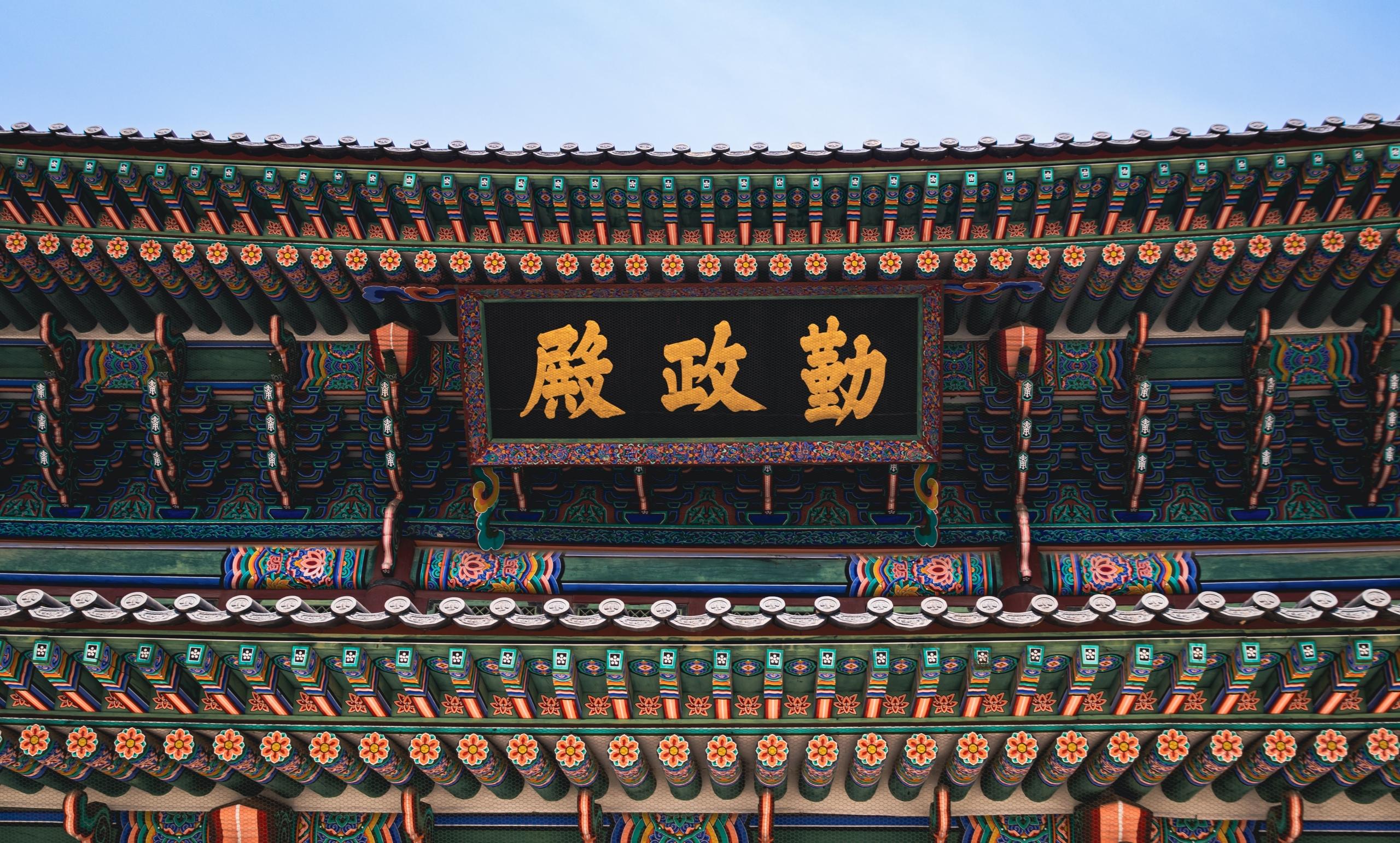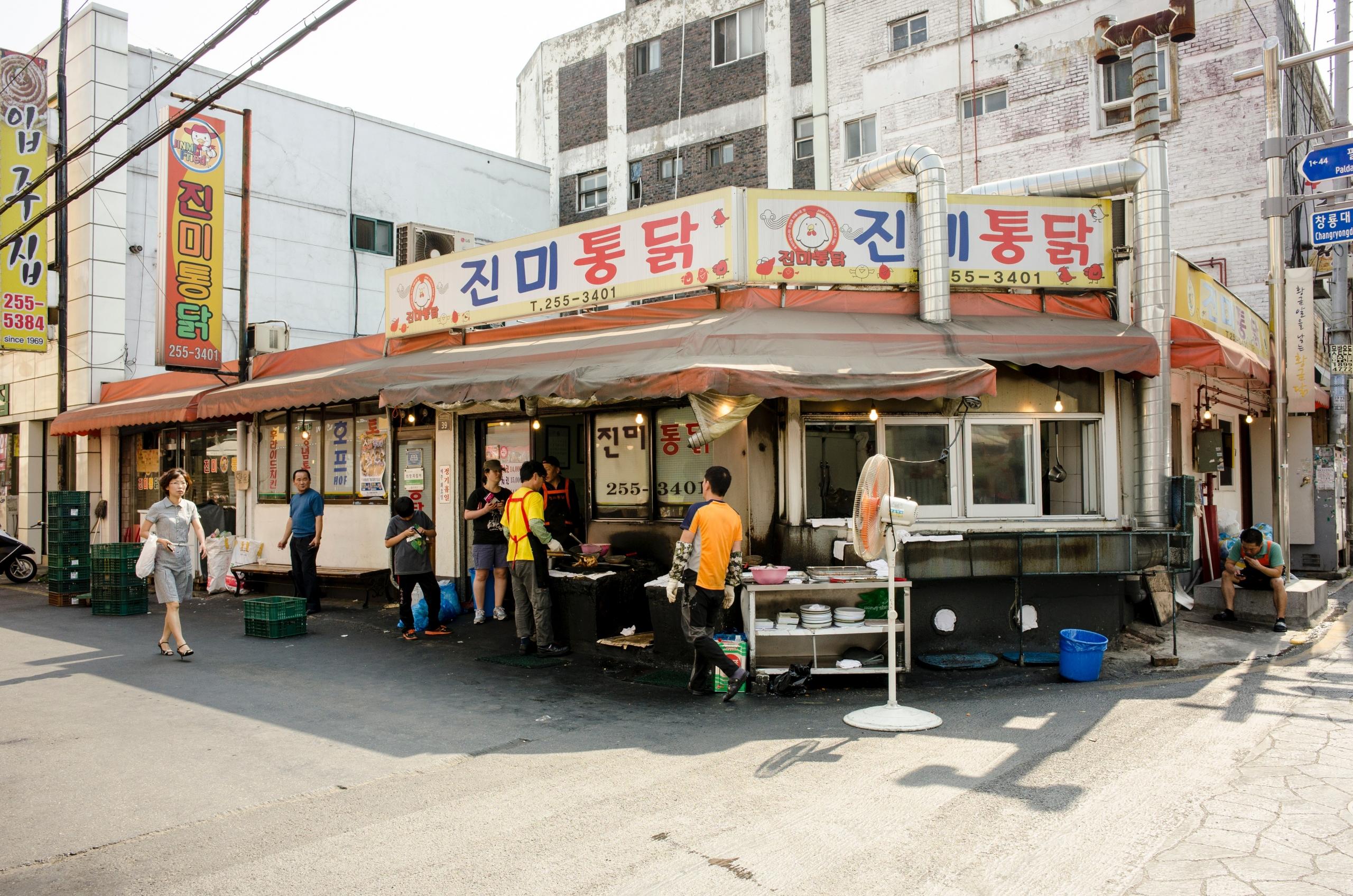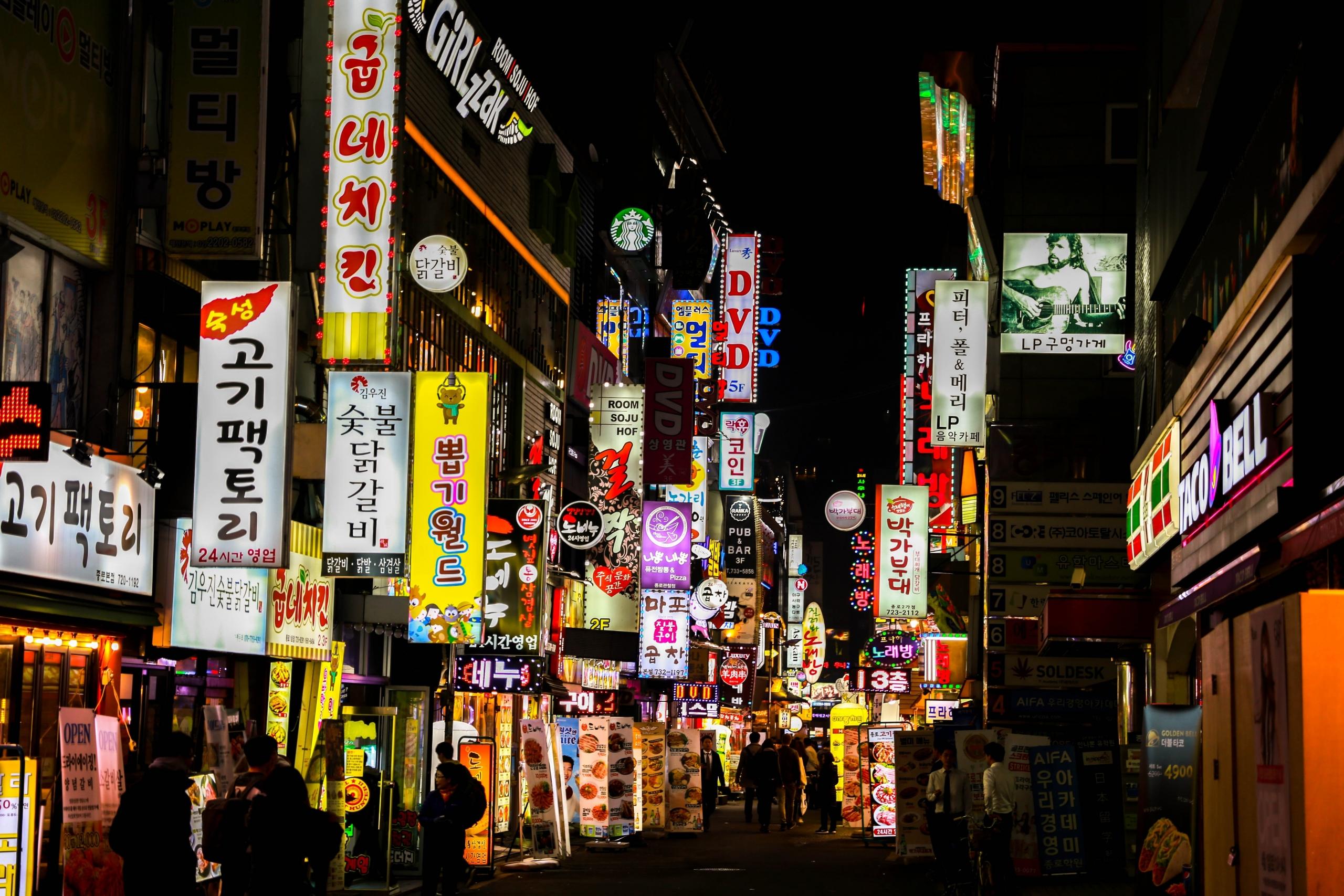시작이 반이다 . Getting started is half the job done. Korean Proverb
Whether you want to holiday in South Korea or plan to live there, learning Korean word structure and basic letters is a great idea. This will help you to use the polite words and phrases that are essential to know in Korean culture. Also, when you know Korean word structure and basic letters, you will be able to understand directional boards and find your way around.
An additional reason for learning Korean is that, unlike other Asian languages that seem practically impossible to learn, Korean is not a difficult language to learn.
It's worth stating that the 24 letters that make up the Korean alphabet are your first step to mastering Korean.

The Fascinating History of Korean
Were you aware that the Korean alphabet goes by the name of Hangul?
It's quite fascinating to note that Hangul was invented as recently as the 15th century by a group of scholars under the directive of King Sejong.
Hangul translates to "the right letters to instruct the people".
It's important to mention that when Hangul was devised, the Korean population primarily used Chinese characters, known as Hanja. The problem, however, was that Hanja was intricate and belonged to a different culture, which unfortunately hindered literacy. Recognising this issue, King Sejong ordered the creation of a single, user-friendly Korean alphabet in 1443. After several years of development, Hangul which comprises the 24 letters of the Korean alphabet was officially introduced in 1446.
Despite King Sejong's diligent efforts to integrate Hangul into Korean society, it was banned in 1504 by Sejong's successor, Yeonsangun. It would not be reinstated until 1894. Since the 19th century, Hangul has played a pivotal role in promoting literacy and significantly improving South Korea's literacy rates.
Now, let's delve into the structure of Korean Hangul in the following paragraphs!
How Do Korean Word Structure and Basic Letters Work?
Korean Hangul, comprising 24 letters, is clearly distinguished from the Romance languages. Like many other Asian languages, Korean uses letters composed of strokes, called Jamo.
These 24 characters consist of 14 consonants and 10 vowels and form the building blocks of Hangul Jamo. With these consonants and vowels, you can construct compound consonants and vowels that offer a wide range of possibilities.
It's important to note that Korean, contrary to what some might believe, is not as complex as it may seem.
In fact, it's a straightforward language where each character represents a syllable, classifying it as a syllabic language. This inherent simplicity makes learning and writing Hangul an accessible and manageable task.
Let's begin by exploring the vowels!

Let’s Look at Korean Vowels
In the 24 letters of the Korean alphabet, there are 10 Korean vowels:
- ㅏ is pronounced [a],
- ㅑ is pronounced [ya] as in yak,
- ㅓ is pronounced like an open o, it sounds like [o] like in port
- ㅕdo [yo] as in kiosk,
- ㅗ is pronounced like a closed [ô],
- ㅛ, similarly, does [yô] as in yoda
- ㅜ is the French equivalent of [ou] as in sweet,
- ㅠ, in the extension, is pronounced [you] as in Yugoslavia,
- ㅡ is the most difficult vowel to pronounce because it sounds [eu] but with mouth closed and lips stretched,
- ㅣmakes [i] as in prairie.
Having acquainted yourself with the 10 Korean vowels, you're now ready to engage in the task of memorising them and practising writing the Jamo.
Here's a helpful tip for beginners: always remember that Hangeul is traditionally written from top to bottom and from right to left.
Adhering to this crucial rule is essential when forming the characters correctly and mastering the art of learning Korean.
Before we delve into the study of consonants, it's imperative to gain proficiency in crucial words that emphasise these fundamental vowels. Here are some illustrative examples:
- 아이: child
- 여우: fox
- 오이: cucumber
Before moving on to consonants, practise writing and memorising them. You could do this by making yourself a small training booklet or flashcards, which we'll talk about at the end of this article.

How Consonants Fit into the 24 Letters of the Korean Alphabet
In the Korean word structure and basic letters, there are 14 consonants represented as follows:
- ㅇ a silent consonant, is placed at the beginning of a word as well as at the end of a syllable and it is pronounced [ng],
- ㄱ pronounced between [gu] and [k] like cake, at the beginning of a syllable, and [k] at the end of the syllable,
- ㄴ is pronounced [n] regardless of where it is placed,
- ㄷ makes the sound between [d] at the beginning of a syllable, like date, but [t] at the end of it,
- ㄹ sounds similar to [l] regardless of where it is placed in the syllable,
- ㅁ is pronounced [m],
- ㅂ makes a sound between [b] and [p] like beard and is pronounced [p] at the end of a syllable,
- ㅅ is pronounced [s], like smile, but before vowels in [i] (like ㅣ, ㅑ, ㅕ or ㅛ) it is pronounced [sh],
- ㅈ creates a sound between [dj] and [tch], like jean, and sounds like [t] at the end of the syllable,
- ㅊ makes the sound [tch] like cha-cha-cha,
- ㅋ is pronounced [k] like koala,
- ㅌ is pronounced [t],
- ㅍ is pronounced [p],
- ㅎ sounds the same as our [h].
Don't be daunted by the seemingly extensive array of Korean consonants; they are surprisingly straightforward to commit to memory. There are just two factors to keep in mind that may present some challenges:
An important aspect of Korean consonants, which can slightly complicate pronunciation, is that their sounds vary based on their position within a syllable.
Among these consonants, the sounds represented by ㄱ, ㄷ, ㅂ, and ㅈ can be more challenging for learners who come from native English backgrounds.
Numerous YouTube videos are available to guide you on effectively pronouncing Korean consonants, and these can offer valuable assistance in mastering their nuances.
Just as we did when discussing Hangul vowels in the preceding section, certain words feature simple consonants that are beneficial for the practice of beginners. Want to see some examples? Take a look at the following list:
- 도시: city,
- 바다: sea,
- 나라: country.
Congratulations!
You are now acquainted with all 14 consonants, but as you may have anticipated, the journey of learning the Korean language doesn't conclude here.
What's next? The realm of Korean diphthongs.

What are Korean Diphthongs?
Like most people, the term "diphthongs" might be unfamiliar to you. So, how can we grasp their meaning?
Similar to English construction, a trusted dictionary defines diphthongs as "a sound formed by the combination of two vowels in a single syllable". The sound begins as one vowel and glides towards another (as in 'coin,' 'loud,' and 'side')."
Diphthongs involve combining two vowels to create a more complex sound and understanding them is vital for effective reading.
Although the definition may initially seem intricate, mastering diphthongs is a quick process especially if you have already encountered all of the 24 basic Korean letters which will make recognition seem straightforward.
Below, is a list of 13 essential diphthongs, along with pronunciation guidance.
- ㅑ pronounced [ya] like yak,
- ㅕ pronounced [yo],
- ㅛ pronounced [yô],
- ㅠ pronounced [you] likeㅖ and [yé] as in yeti,
- ㅒ pronounced [yè],
- ㅘ pronounced [wa/oi],
- ㅙ pronounced [wé],
- ㅟ pronounced [wi/oui],
- ㅢ pronounced [eui].
By mastering the 24 letters of the Korean alphabet and these 13 diphthongs, you are now equipped to read a large number of Korean words.
Flashcards to Memorise Korean Word Structure and Basic Letters
Are you familiar with the concept of "flashcards"?
Most people recognise flashcards as small cards on which information that needs to be memorised is written. But have you ever considered using flashcards as a tool when learning a new language?
If you haven't, it's strongly recommended to incorporate them into your Korean language learning process.
Here's how to make the most of them:
- On the back of the card, write one of the characters you've encountered in this article, and on the front, jot down its pronunciation.
- Create a set of flashcards that encompass all the Korean characters and ensure that you trace the Jamos accurately.
- Shuffle your cards, draw one randomly, and use this method to quiz yourself while you practise.
This technique can also be used with vocabulary words or even short sentences when you are in the process of learning. It's worth noting that flashcards significantly expedite the memorisation process.
Finally, as demonstrated throughout this article, the 24 letters of the Korean alphabet are not complex. With a little bit of practice, you could easily master Hangul and enrich your experience in Korea.















